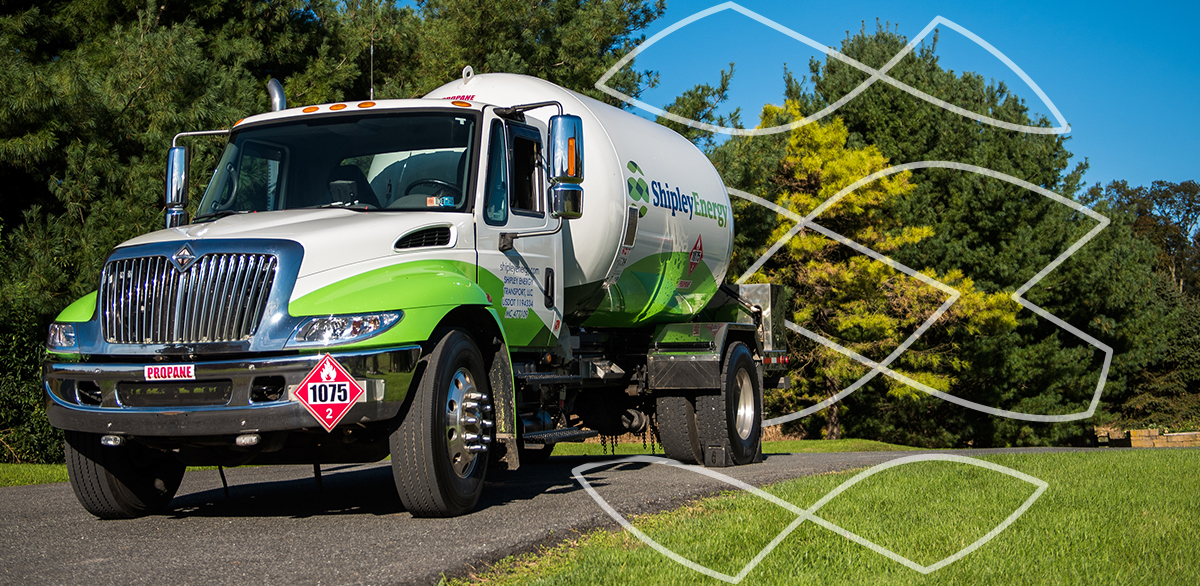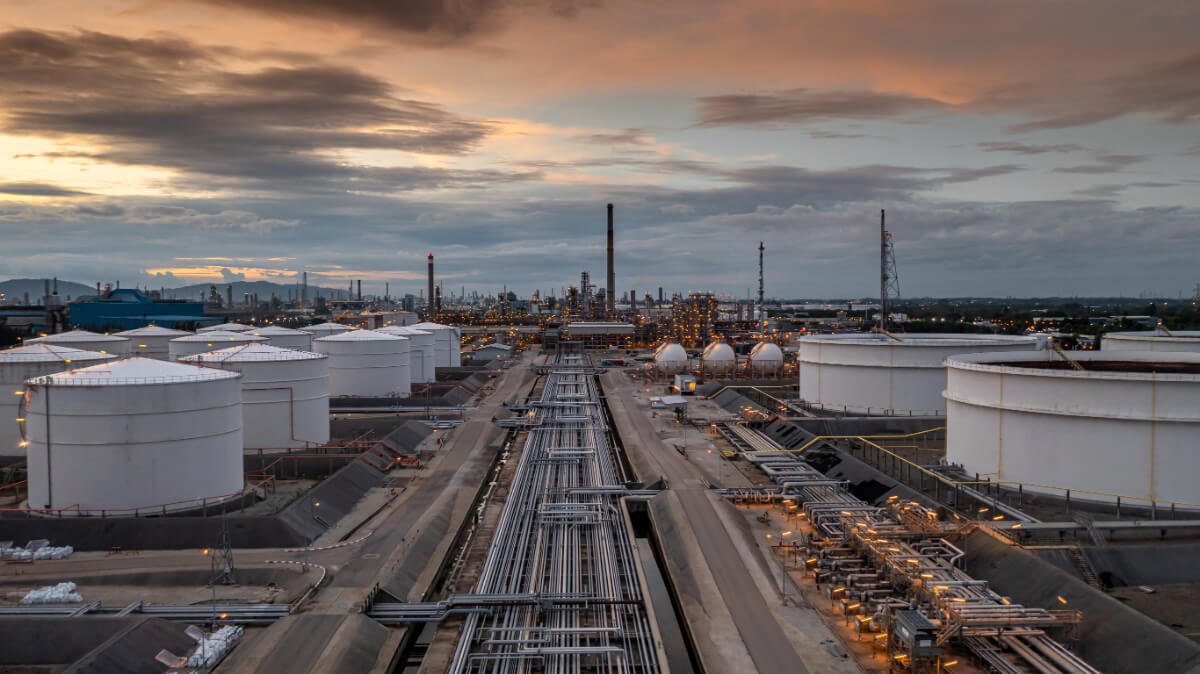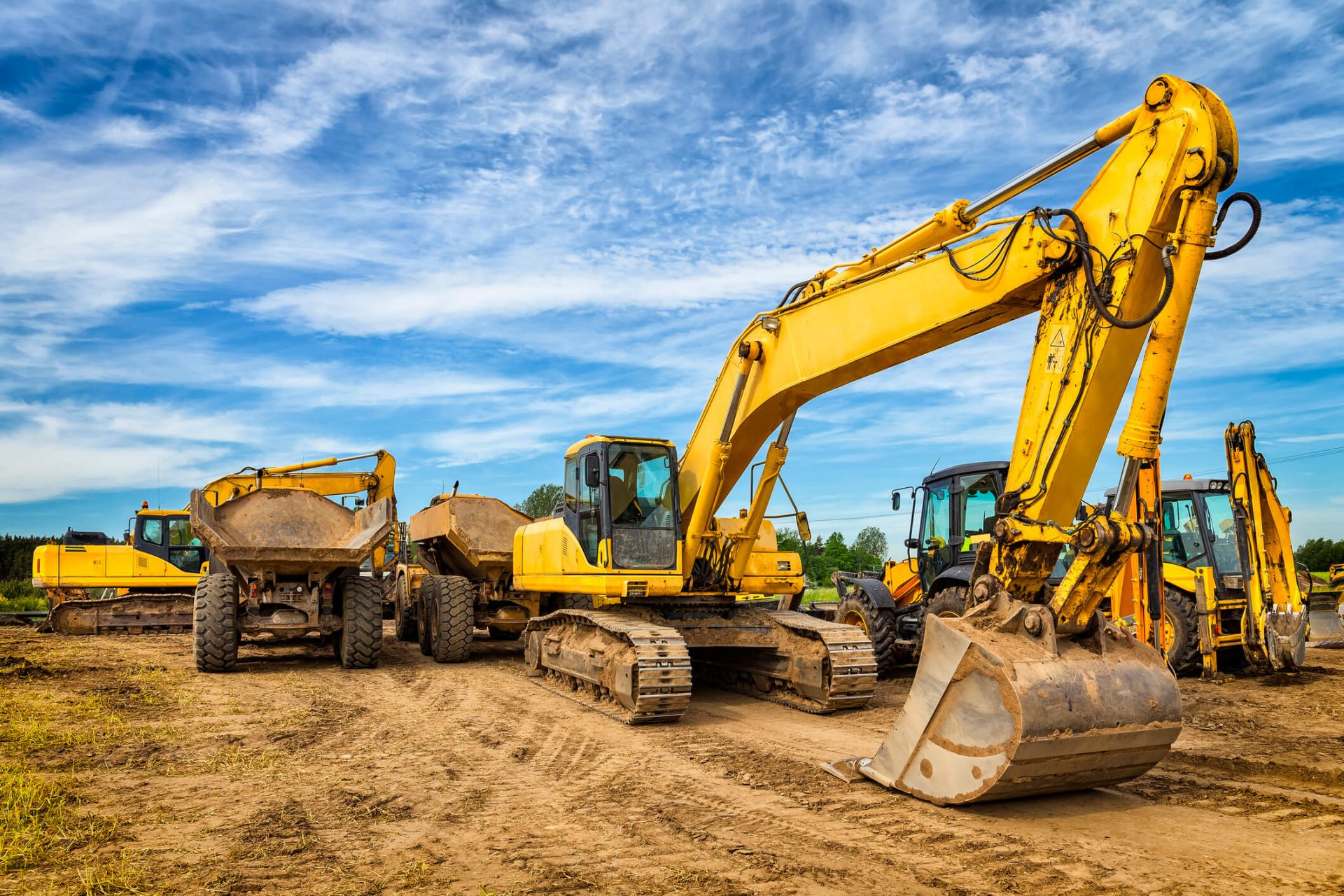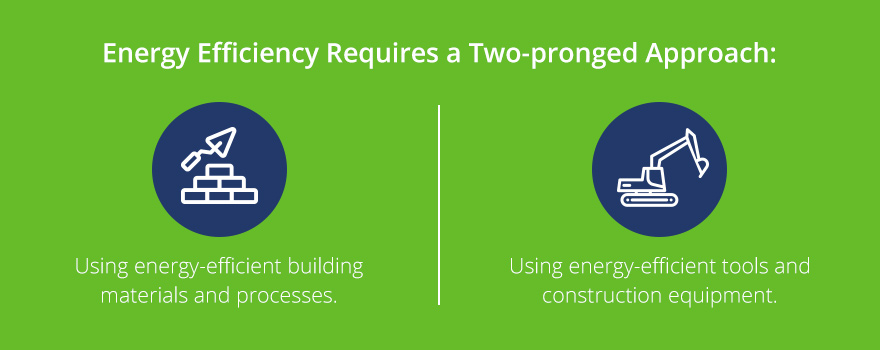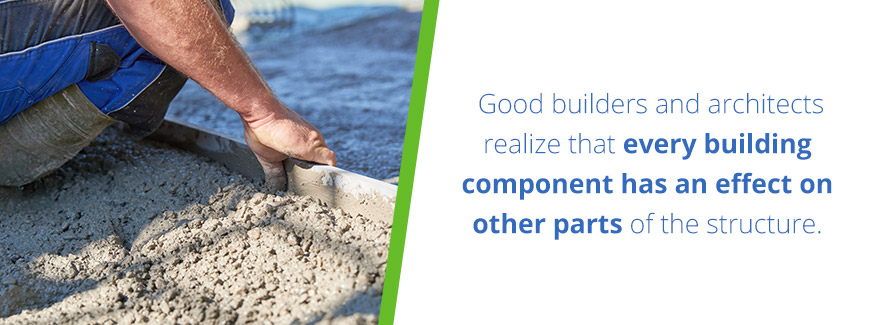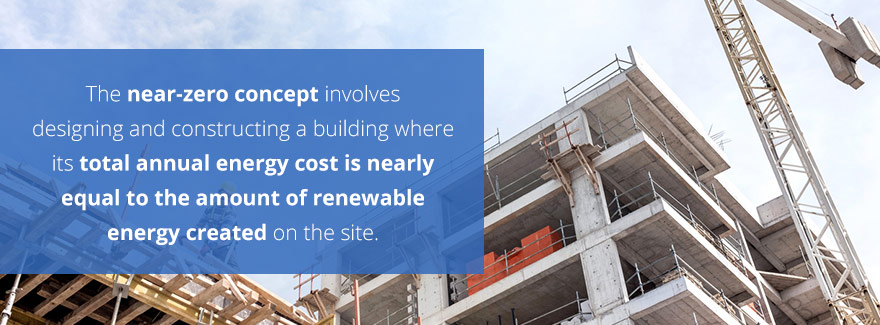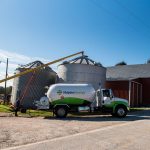The Challenges of Energy Efficiency for Construction
The IEA also reports the following challenges to implementing energy efficiency:
- High costs of converting to energy-efficient methods
- Problems with gathering reliable energy efficiency information
- Lack of technological expertise to design, construct and maintain buildings and equipment
- Poor incentives to invest in energy efficiency programs
- Limited access to energy efficiency financing
- Difficulty in coordinating construction industry stakeholders
For energy-efficient construction practices to flourish, these barriers must be identified and removed. According to the IEA, it will take strong leadership and complete commitment within the construction industry to improve overall energy efficiency practices.
Current Climate of Construction Energy Efficiency
Fortunately, the current climate values energy efficiency more than ever before. Almost all builders and construction companies using fuel-consuming equipment are aware of how important energy efficiency has become. For many construction companies, energy efficiency is a core business principle. They realize that energy efficiency is an investment with long-term benefits for their company and their customers. Today’s consumers gravitate toward companies that practice good energy efficiency. If contractors want to meet their business goals, they need to focus on energy-saving strategies.
The biggest advancements in construction energy efficiency are taking place within buildings. Residential and commercial building buyers demand energy-efficient, environmentally-responsible designs and products. Consumers are willing to pay to have projects constructed with energy efficiency in mind.
At the same time, builders and equipment operators are seeking ways to cut fuel costs wherever they can. More builders are considering fuel-efficient machines, even if their initial purchase price is higher than less expensive models. Contractors know that energy-saving equipment has an excellent return on investment. With diesel prices on the rise, there’s a tremendous incentive to lower fuel costs by operating fuel-efficient machinery and vehicles.
Long-term savings through energy efficiency is important to builders, construction equipment operators and building owners. Also, many individuals recognize how crucial it is to reduce emissions and lower pollutants.
View Our Construction Fueling Solutions
Electricity
Natural Gas
Heating Oil
Propane
HVAC Services
Electricity
Natural Gas
Renewable Energy
HVAC Services
Delivered Fuels
Fuels Services

